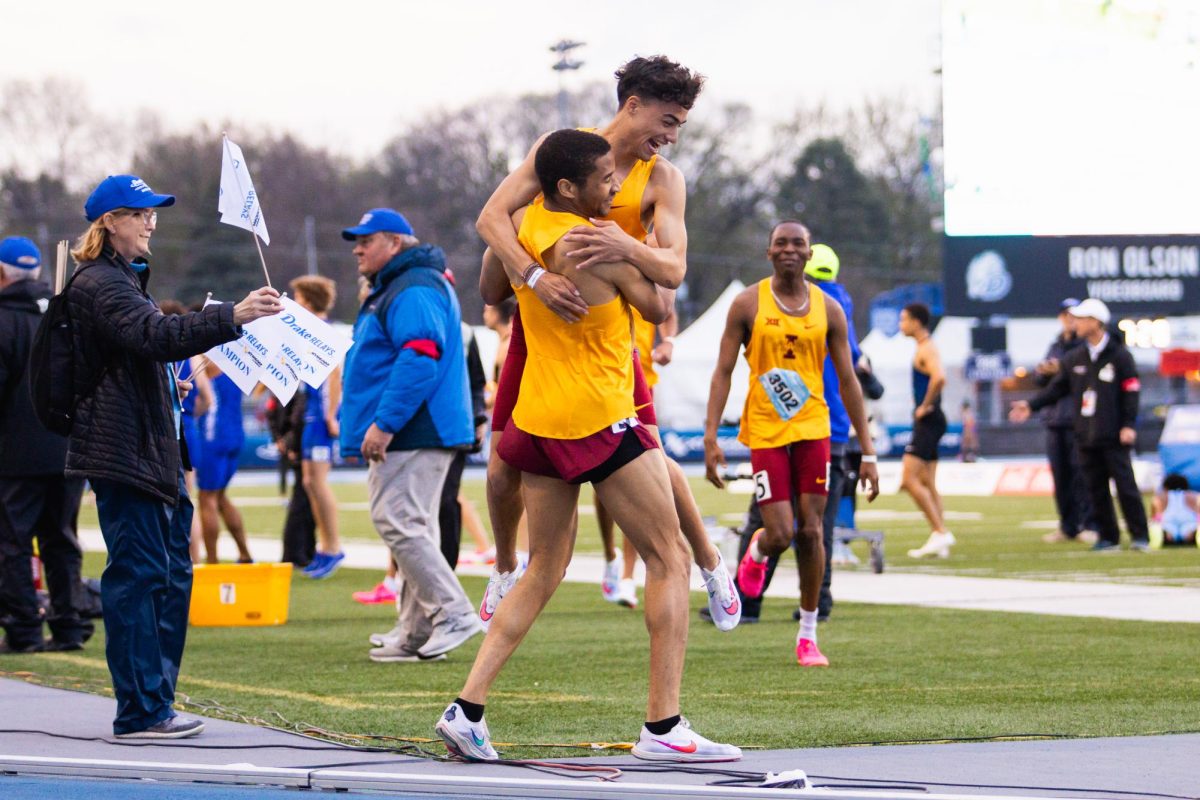Iowa State takes part in delegation to India
February 5, 2013
Iowa State, constantly seeking to increase its worldwide presence, will put this sentiment into practice with a two-week delegation to India.
This delegation, which departed on Friday, “comes from the governor’s office working with the Board of Regents. Gov. [Terry] Branstad is planning to lead a larger delegation to India in September,” said Rob Schweers, director of communications for the Office of the Senior Vice President and the Provost.
The trip is sponsored by the Alliance for U.S.-India Business, a group that has been “very supportive in their representatives and people from Iowa who have been instrumental in making this happen,” Schweers said.
Iowa State is not the only institution travelling eastward, however.
“There are representatives from [the University of Iowa, Iowa State and Northern Iowa]; some other schools; some business leaders; and people with knowledge of higher education in India,” Schweers said.
In total, according to the Alliance for U.S.-India Business, 15 to 20 delegates comprise the delegation.
Representing Iowa State are Provost Jonathan Wickert, interim Dean of the College of Engineering Mufit Akinc and Dean of the College of Agriculture and Life Sciences Wendy Wintersteen.
“They’re going to spend the better part of two weeks meeting with their counterparts in universities, Indian business leaders and just exploring what avenues for different partnerships might be there,” Schweers said.
An example of a goal is to look for opportunities to provide online education for international students, particularly on the master’s level, in our agricultural engineering programs.
Other similar opportunities also exist, such as traditional foreign exchange programs, as well as dual-undergraduate and dual-graduate programs.
Dual programs allows students to complete a portion, typically two or three years, of their degrees at an eligible university in their native countries, and then complete their degrees at Iowa State.
The availability and further exposure of these programs to Indian students would increase the current Indian student population, which Schweers said currently stands about 400.
The attraction of Indian students would also assist in the current push to grow the university’s enrollment, especially within the graduate college.
“This is not the only thing the university is trying to do to meet that goal, but it is one thing that will certainly help,” Schweers said.
The College of Agriculture and Life Sciences “has, for many years, had active collaborations with top agricultural universities in India, including Bangalore Agricultural University,” Wintersteen said.
Wintersteen believes even further collaboration can be attained in what is an already beneficial partnership with India.
“With this trip, we will be interested in exploring any new opportunities and to discuss together with Indian officials how education and research are key to addressing major challenges and enhancing economic development,” Wintersteen said.
Although Akinc was unavailable to comment for the College of Engineering, there are plenty of opportunities for mutual benefits between India and Iowa State on an engineering front.
Wickert will also serve, in some regards, as a conduit for the otherwise non-represented colleges at Iowa State.
Details for the larger trip headed by Branstad this September are relatively sparse.
These details will largely be predicated on the basis of February’s trip and also will “depend on the types of things that industry and universities in India might want to partner with us on,” Schweers said.
















